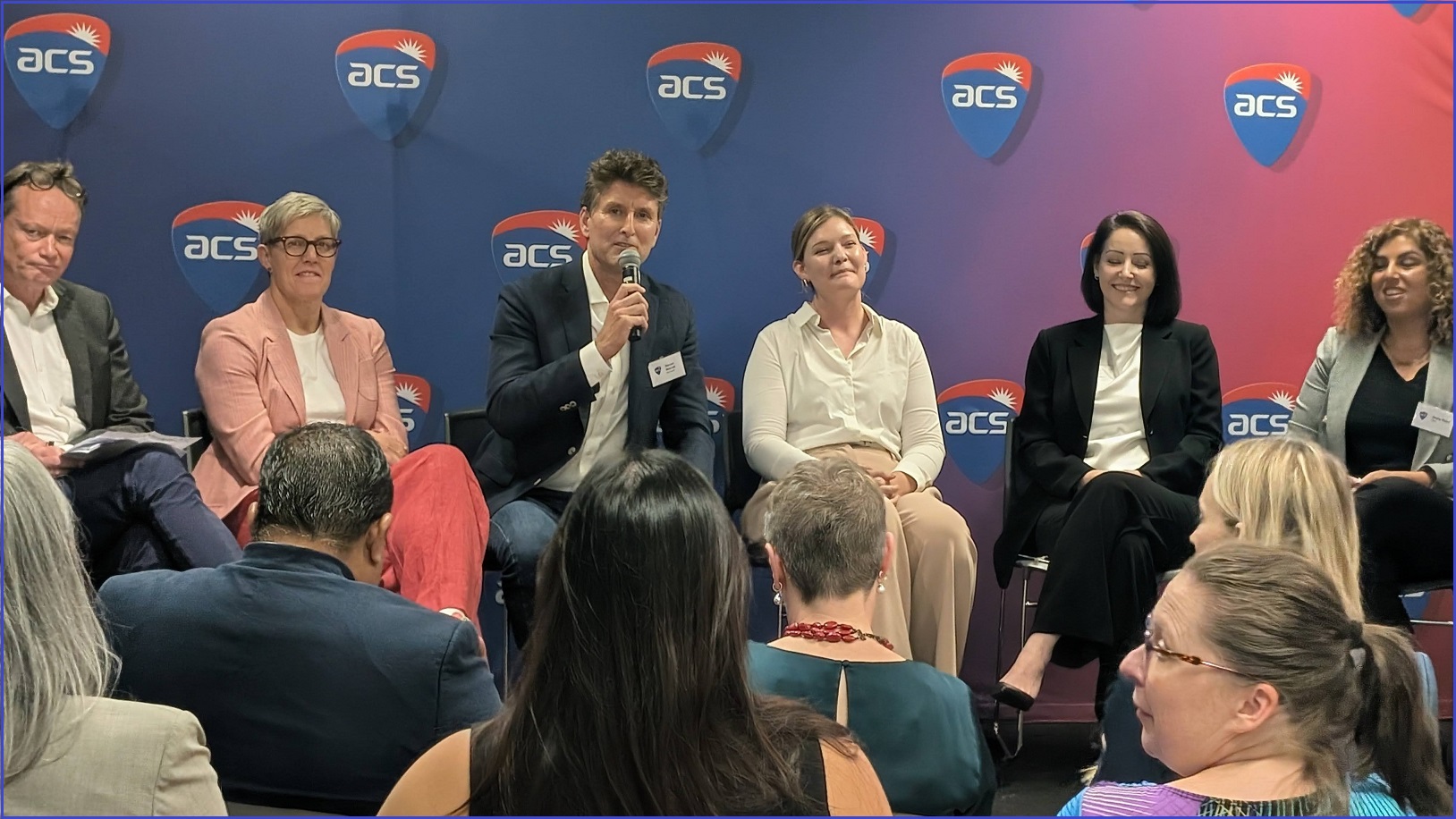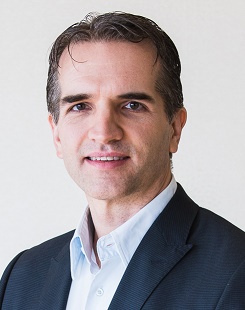The “dire” skills shortages plaguing ICT and other industries won’t be resolved, an industry expert has warned, until Australia can figure out how to build a “relevant, engaging, and empowering” educational system that can reverse the high numbers of children who aren’t finishing high school.
“We should be really worried about kids not finishing school at the moment,” Melinda Cilento, CEO of the Committee for Economic Development of Australia (CEDA) said during an ACS Election Forum panel session in which she decried Australia’s “skills deficits as far as the eye can see.”
“We should be really worried about the increasing number of boys who are not finishing school in this country,” she said, “and we should be really worried about an education system which they do not think is relevant, engaging, and empowering.”
The number of Australians with Year 12 or equivalent qualifications declined from 2022 to 2023 after nearly a decade of increases, according to the ABS, with just 84.9 percent having finished high school in 2023, down from a peak of 86.2 percent the year before.
Young men aged 20 to 24 were substantially less likely than their female peers to have finished high school, with just 81 percent of males reporting secondary completion compared to 88 percent of females.
Despite ongoing efforts to increase engagement with education in general – and with STEM subjects in particular – these outcomes were cutting off crucial skills pipelines at the knees.
“We can talk about STEM skills and whatever else [but] we actually need kids coming out of school excited, curious, and with really strong foundational skills,” Cilento explained, noting that Scandinavian countries’ education systems are “really good at lifelong learning”.
“We need a sector that responds to that with more agile education and training,” she continued. “And we’ve got to stop expecting our kids to fork out tens of thousands of dollars for years of education post-high school they don’t think is relevant to them.”

[L to R] Patrick Kidd, CEO at Future Skills Organisation; Melinda Cilento, CEO at Committee for Economic Development; Steven Worrall, managing director at Microsoft; Scarlett McDermott, managing director at Longitude Advisory; Cherie Diaz, executive director, education innovation at Western Sydney University; and Jenny Raad, business director at Hays, at the ACS Election Forum. Photo: ACS
Fear and loathing in the AI era
Yet even as schools and industries spruik a career path that will help alleviate chronic shortfalls of workers with key ICT skills like programmers and cybersecurity professionals, today’s graduates are facing the increasingly corrosive impact of AI technology that is poised to curtail their job options.
Longstanding concerns that AI would push humans out of the job market have often been countered with assumptions that the technology would only affect low-value work and allow workers to focus on more productive tasks.
Yet the future may actually be far more sinister, with Shopify CEO Tobi Lütke recently telling employees that “using AI effectively is now a fundamental expectation of everyone at Shopify” – and that they cannot hire human employees without explaining why AI can’t do the job.
AI usage will become part of employee performance usage, Lütke said, arguing that “in a company growing 20-40 percent year over year, you must improve by at least that every year just to re-qualify” for ongoing employment.
Lütke’s memo paints a very different scenario that has writ large workers’ fears, with recent Pew Institute research finding that 52 per cent of workers worry about the impact of AI use in the workplace – and that 32 per cent believe AI will lead to fewer job opportunities in the long term.
Today’s graduates are tomorrow’s skills deficit
Skills gaps are already problematic in Australia, with around a third of industries suffering a worker shortfall – and without fundamental change, those failing to finish high school or VET studies will find themselves fighting AI, and each other, for work in a market where degrees are table stakes.
And while many efforts to close the gap have focused on actively recruiting girls and women seen to be marginalised by existing industry culture, ACS Election Forum panel participants said the historical disconnect between vocational training bodies and industry is a problem for advancing both boys and girls.
“When we were sitting around the table with TAFE and other vocational providers,” Microsoft Australia managing director Steven Worrall explained, industry leaders were saying “we don’t hire talent out of TAFE or vocational institutions because you don’t produce the talent we need.”
“The response, within a nanosecond, was ‘well, come along and tell us what we should be creating…. Come and teach, and be part of the system’.”
Closer collaboration between industry and training institutions have underscored efforts such as the NSW Government’s investment of $2.8 billion to overhaul TAFE training as it fights to reverse a skills shortfall of 372,000 digital workers that has been blamed on poor training.
Making training more responsive to young people could engage early school leavers better by giving them a clearer view of the job opportunities that await them – and dissuading graduates from taking gap years that are now seen as disconnecting them further from the workforce.
In a market where AI literacy will be crucial in all kinds of jobs, Hays client engagement manager Jenny Raad explained, “if you don’t have critical thinking and problem-solving skills, then having genAI do those things that we need them to do might not result in the outcome that you wanted.”
“If we don’t have people moving into these industry sectors and doing these things with these skills, then it’s going to be very challenging for businesses and industry sectors to continue to operate.”










